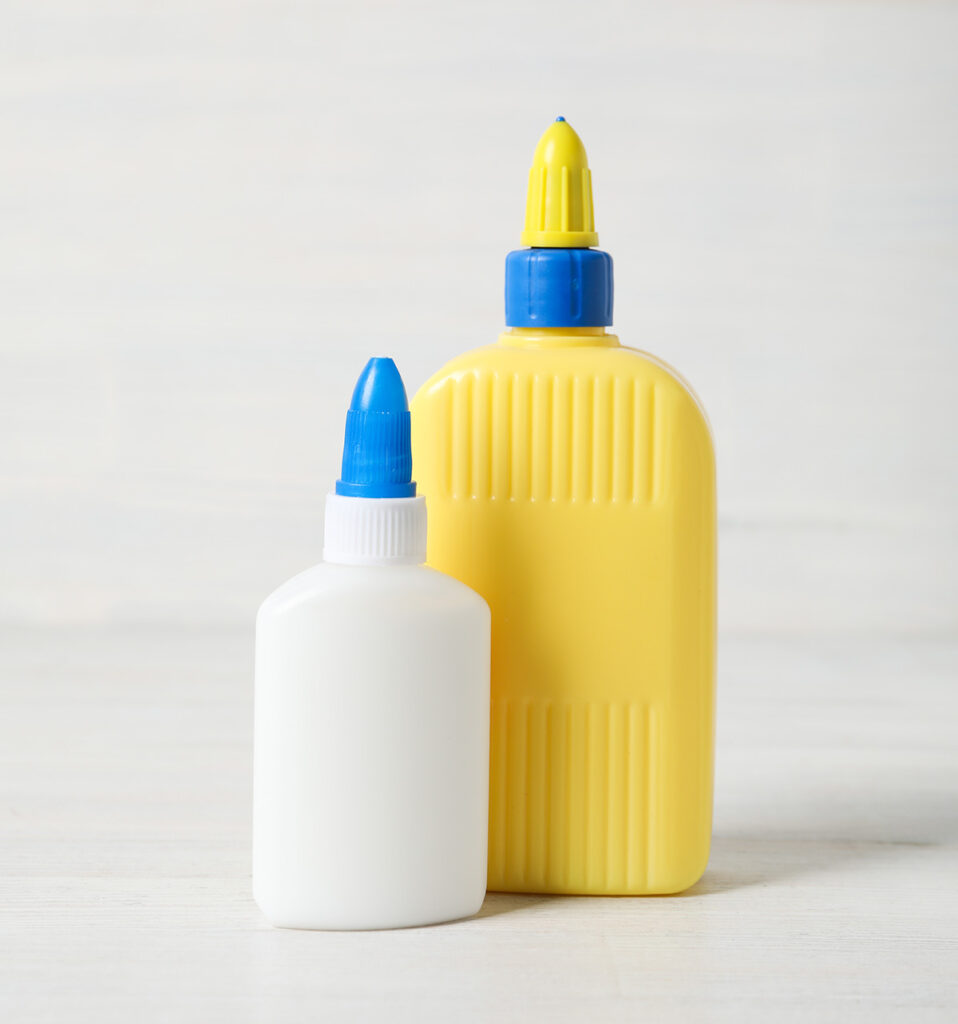
The NES Perspective: Adhesive Industry Vacuum Pumps and Compressors
Adhesive manufacturing involves resin purification, polymerization, curing, and moisture removal—all enhanced by precise vacuum and pressure control for consistent, reliable adhesive performance.
- Distillation
- Conveying
- Reactions
- Kettle Exhausting
- Degassing
- Gas Recovery and Conveying
- Thermoforming
View our Products
The process for a quality adhesive product begins with the fractionation of crude oil. Under controlled pressure and temperature, crude oil is distilled into naphtha, which is steam-cracked and broken into ethylene and butadiene, the very building blocks from which adhesives are built.
These concentrated amounts of monomer are stored at set temperatures and pressures. Monomers that are gaseous in standard conditions, like butadiene, are stored in freezing temperatures and sometimes a few bars of pressure to maintain their liquid phase. Liquid monomers like styrene tend to polymerize at lower temperatures so they are often stored slightly above ambient temperature with polymerization inhibitors and inert gas blankets.
Vacuum distillation is used once again, this time to remove any sneakier impurities. At this point, the monomer should be of utmost purity, pneumatically conveyed via compressor to polymerization reaction chambers. Under vacuum, condensation and addition reactions link the building blocks into long polymer chains.
The evacuation of any residual byproducts makes room for just the reactants, shifting the equilibrium towards higher yield and quality. After these “backbone” polymers are created, they are moved out of the chamber. These chambers are designed to get the most out of polymerization reactions, with pinpoint accuracy on the vacuum and temperature distribution needed to do so. This chamber cannot be an all-purpose room that creates the adhesives as well; the polymer chains must be moved to a differently specialized equipment: the resin kettle.
Before cooling, the kettle is exhausted under deep vacuum to draw unreacted volatiles, unnecessary byproducts, and entrapped air within the adhesive as it thickens and cools. Filled or pigmented adhesives typically trap microscopic air bubbles as they are mixed, compromising the structural integrity of the final product. These kinds of mixtures are exposed to even deeper vacuum degassing to ensure a smooth, defect-free mixture.
Solvent recovery is a key step that protects the environment and cuts costs. As vapors are drawn from distillation units, reactors, and mixing rooms, they are introduced to adsorption beds which selectively hold specific constituents, resulting in high-purity recovery of solvents. Condensers return the purified solvents back to the process, reducing material consumption and VOC emissions.
In the cases of films and tapes that require shaping, thermoforming lines mold layers precisely using vacuum and heat. Downstream rollers apply slight pressure to consistently achieve the desired thickness and bond strength. Once the cooled product comes out of the other side, it is packaged and ready to be used for all sticky situations.
As anyone can see, vacuum and pressure are constants in adhesive manufacturing. Subtracting pressure manipulation equipment from the process yields a sharp increase in environmental impact and a sharper decrease in efficiency. NES Company Inc. provides the equipment to ensure that these worst-case scenarios do not come to fruition.

